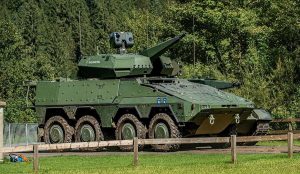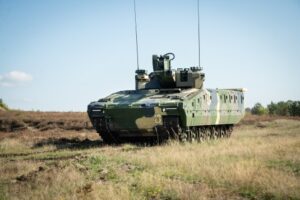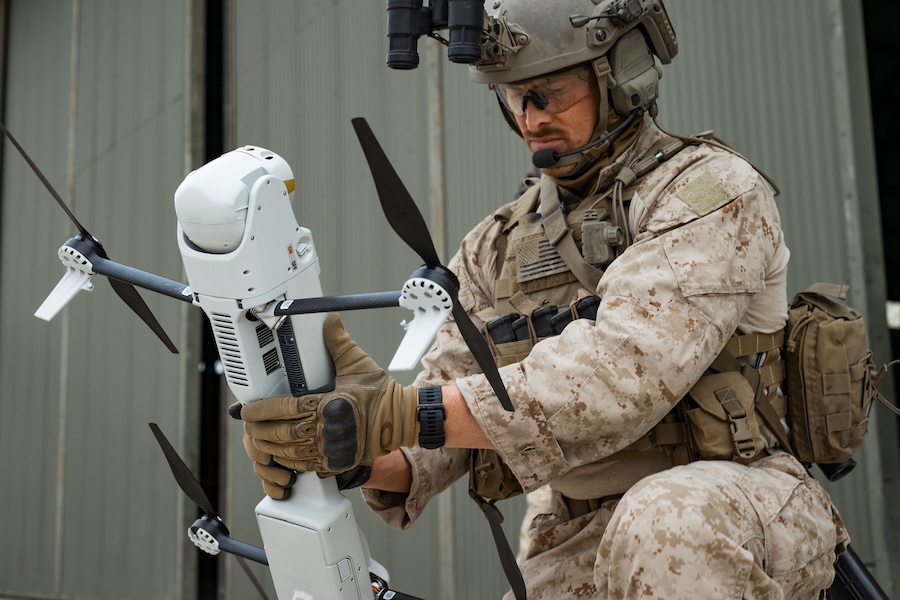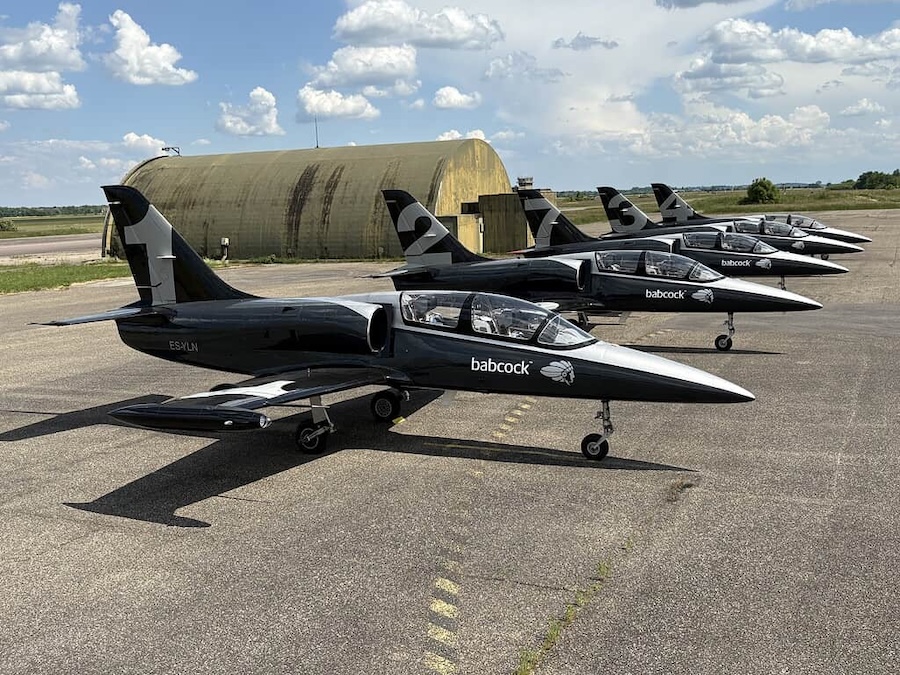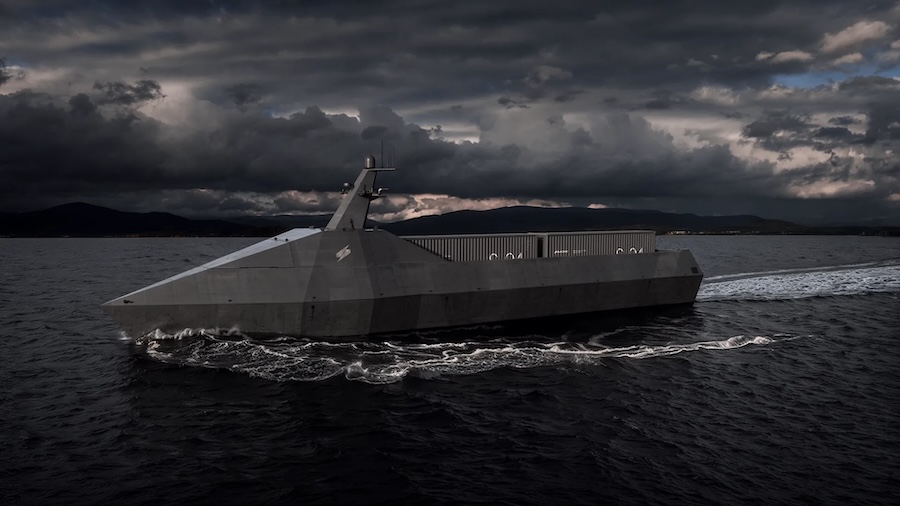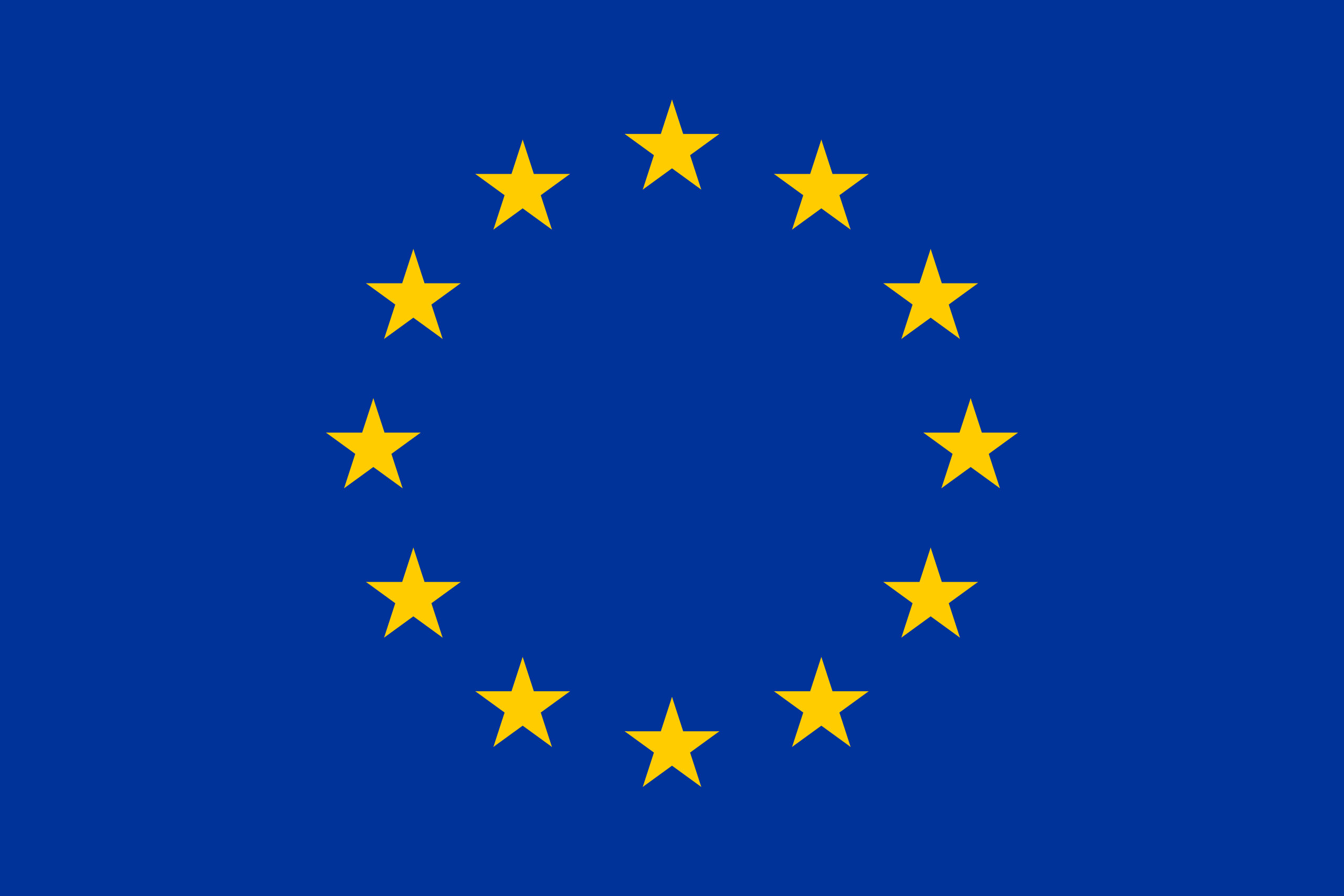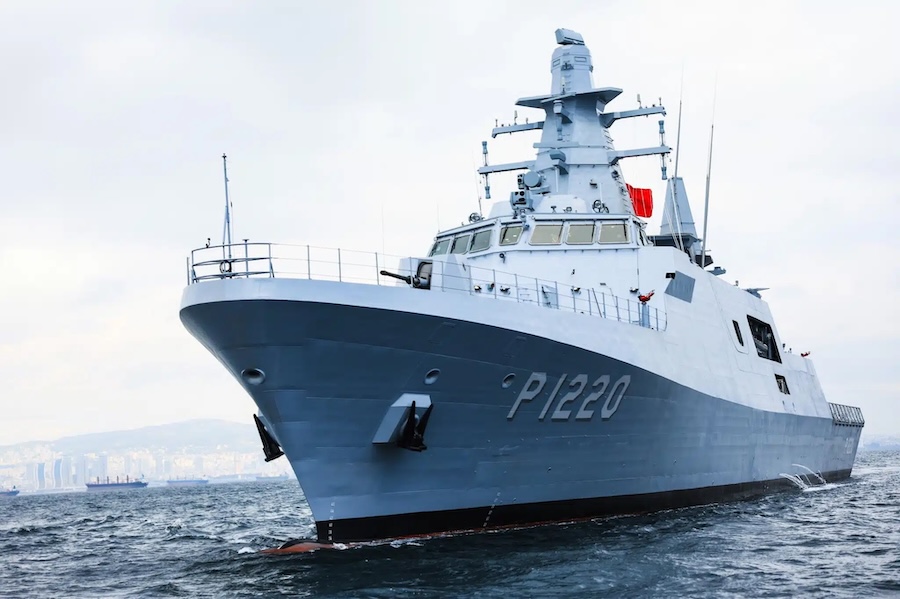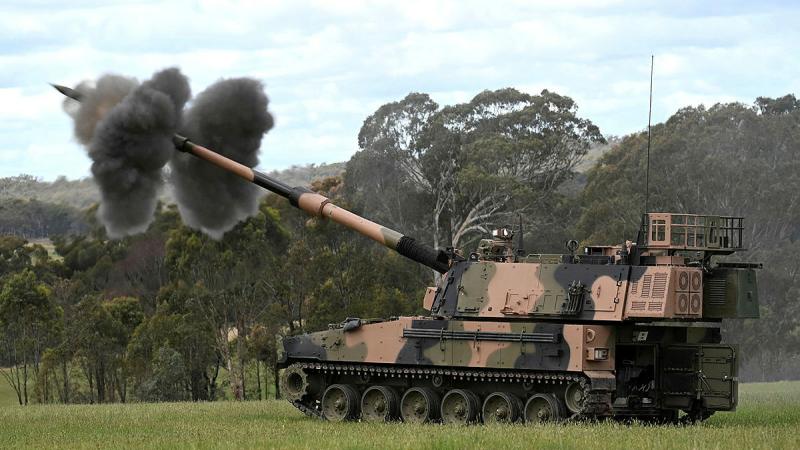The Armed Forces reported that the complete functional chain had been tested, including command, sensing and engagement processes. Generalmajor Johan Axelsson said, “We have verified that several different command systems, from different units and different service branches, can be integrated in a rapid engagement process all the way from sensor to effector, which in this case is the missile system itself,” adding that this confirms the system can be integrated into NATO’s air and missile defence.
During wartime or live operations the Patriot system will fall under the Chief of the Air Force and be directed through the Air Operation Center. Deputy Air Force Chief Niclas Magnusson said, “The Armed Forces have now validated the ability to command the air defence system and to conduct combat against airborne targets where advanced combat aircraft have acted as both opponents and friendly forces,” stressing that air defence is a central part of the Air Force’s wider responsibilities.
The control event examined the ability to perform tasks at operational and tactical levels across Army and Air Force units under the direction of operations leadership. It included a requirement for an air defence company to complete a tactical movement before providing protection for Halmstad Airport, which helped confirm whether units met set time and capability thresholds.
Army Chief Jonny Lindfors highlighted the importance of coordinated processes across service branches. He said, “It is important that we do this together within the Armed Forces. It is a kind of contract. The Army produces through the Air Defence Regiment something the Air Force will lead, and which the operations leadership will ultimately orchestrate and use for effect.”
The tests assessed command routes, airspace coordination and technical connectivity to ensure the system can operate jointly with other assets. They also confirmed readiness to conduct combat against airborne threats, with the overall aim of strengthening Sweden’s national defence.
Air Defence Regiment Chief Johan Jönsson said, “I am proud and happy to represent the Air Defence Regiment at this milestone. The introduction of the air defence system 103 is of significance for the entire Armed Forces and today we have received confirmation that we have delivered a capability that is very important for Sweden’s defence.”
Senior commanders noted that the reinforcement of air defence aligns with current security needs. Jonny Lindfors said, “We were forward thinking when we procured this system. Since we did so, the global situation has become much worse and the importance of air defence is now clearly visible. Now we have interoperability with a capability that is highly relevant and that we truly need. Fantastic.”






